CES 2013 Preview: 20 Hot Technologies, Rumors And Gadgets
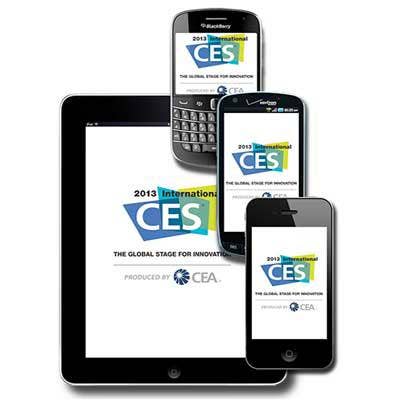
Gadgets Galore
It's that time of year again. The biggest technology companies in the world will descend on Las Vegas next week and show off the newest tablets, smartphones, computer processors and display technology around. From ultra high-definition TVs to "phablets" and super-smartphones, here's a preview of the hottest rumors, gadgets and technologies for CES 2013.
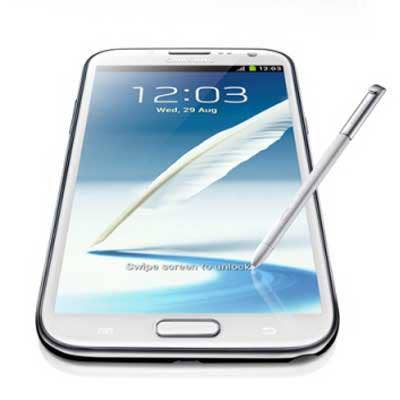
Samsung Galaxy S4
With Microsoft out of the CES picture, Samsung is looking to dominate this year's show. And if that's the case, it's likely we’ll get a peek at Samsung's newest Galaxy smartphone, the S4. Rumors about the S4 have been trickling out for weeks now, and while details are limited, Samsung's new phone will reportedly come with a 5-inch HD display with a 1,920-x-1,080 resolution as well as 13-MP camera and S Pen functionality, which is similar to Samsung's Galaxy Note tablet (pictured). The Galaxy S4 is reportedly set for an April launch date, so let's hope it makes an appearance in Las Vegas.
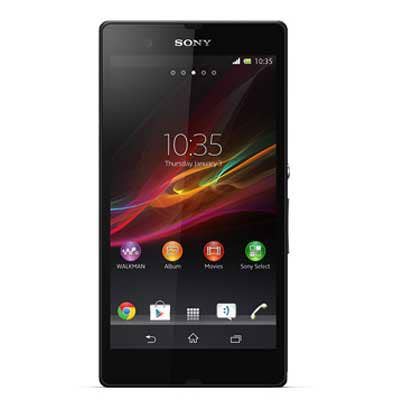
Sony Xperia Z
We keep waiting for Sony to get its groove back in the consumer electronics market. So will this be the year? Maybe. Sony is rumored to have a new Android smartphone dubbed the Xperia Z (previously named the Yuga). The Xperia Z is a larger smartphone with a 5-inch display (a common theme at this year's CES is super-sized smartphones or "phablets"). Along with a big display with full 1080p high-definition visuals, the device runs on Qualcomm's new APQ8064 quad-core processor and comes with 2 GB of RAM (which is more than the newest iPad).
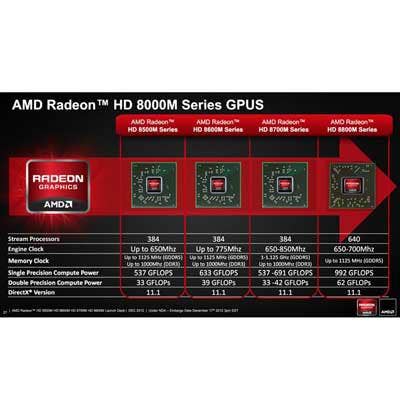
AMD Radeon 8000M GPUs
AMD is stepping up its mobile graphics play at this year's CES with the introduction of the new Radeon HD 8000M laptop GPU series. The chip maker announced four GPUs -- the 8500M, 8600M, 8700M and 8800M – all of which feature AMD's 28-nm Graphics Core Next architecture. The high-end 8800M model packs 640 stream processors (the other three models have 384), and all four models support DirectX 11.1 and, according to AMD, offer improved power efficiency.
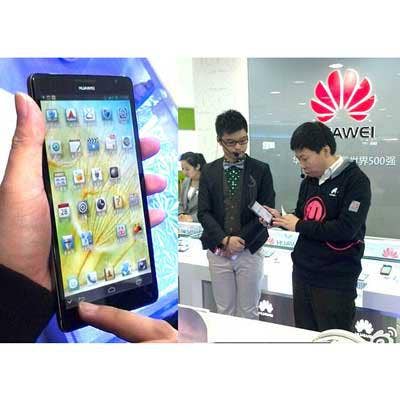
Huawei Ascend Mate
Speaking of super-sized smartphones and phablets, Huawei will reportedly up the ante for this year's mobile trend -- the new Ascend Mate will reportedly sport a huge, 6.1-inch display with full 1080p support. The large smartphone/tablet hybrid will also feature a 1.8GHz quad-core processor, but other specs are being kept under wraps -- for now.
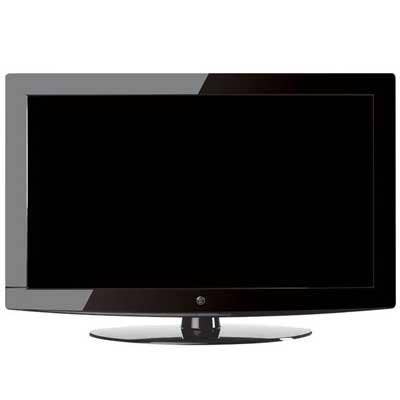
Samsung 110-inch UHD TV
High-definition TV is so last decade. Now there's "ultra high-definition," or UHD TV. So what's the difference? A 4K UHD TV supports a 3,840-x-2,160 display resolution, which is 4 times the resolution of regular HD, and an 8K model supports a 7,680-x-4,320 resolution, which is 8 times what regular HD offers. And, part of Samsung's CES blitz is reportedly a 110-inch UHD TV (the previous rumor was an 85-inch UHD TV, but the stakes have apparently been raised).
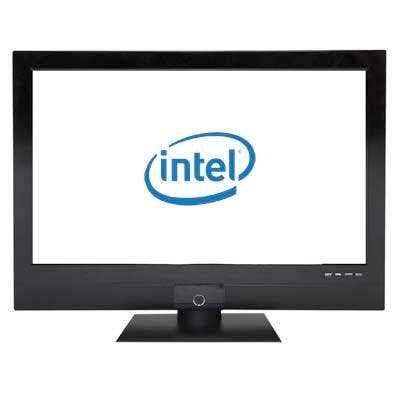
Intel TV Service/Set-Top Box
Intel has been making news at recent CES events with new processors (Sandy Bridge, Ivy Bridge chips) and computing devices (Ultrabooks). But this year, the world's largest chip maker might have something new up its sleeve: Intel will reportedly introduce a cloud-based TV service and set-top box that will rival similar TV offerings from Apple and Google. The service will bundle several TV channels and stream the content through the set-top box. Stay tuned for more details and a release date.
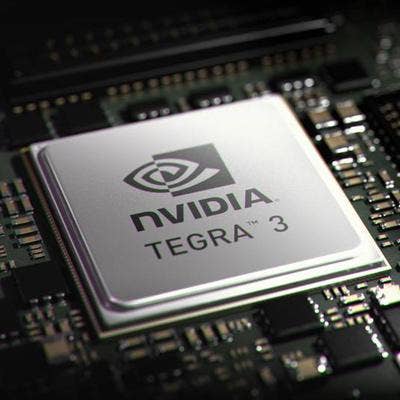
Nvidia Tegra 4
The fourth-generation of Nvidia's mobile chipset boasts some impressive metrics in the visuals department. The Tegra 4 will reportedly have a 28-nm processor with a whopping 72 graphics and will support display resolutions of up to 2,560 x 1,600 with full 1080p high-definition video playback. The Tegra 4 has the same number of cores as the previous Tegra 3 model (pictured) -- a traditional quad-core design with a fifth companion core -- but will feature USB 3.0 support. The question is, which phones and tablets will be packing Tegra 4 in Vegas?
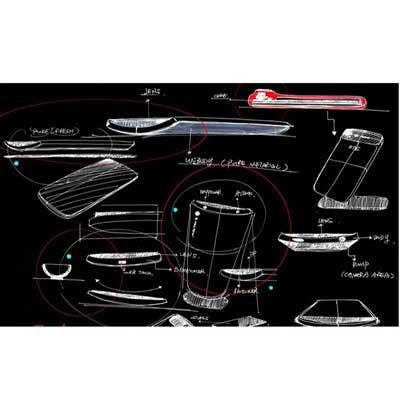
ZTE Grand S
ZTE is poised to unveil what could be the world's thinnest smartphone: the ZTE Grand S, which according to the company will measure just 6.9 mm. However, the Grand S isn't exactly small. The smartphone is a whopping 5 inches long, and it comes with a powerful 13-MP camera. The rest of the phone's features and specs haven't been divulged yet, but the Chinese telecom company has aspirations of expanding its presence in North America, and it will need the Grand S to turn some heads.
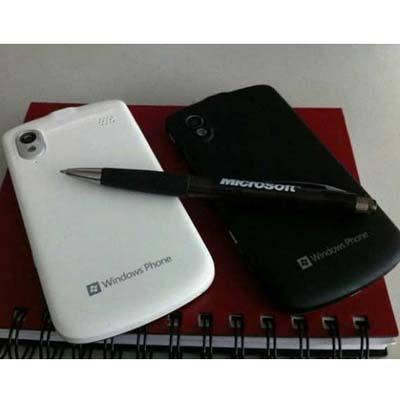
ZTE Windows Phablet
Is it a phone? Is it a tablet? No, it's a phablet! ZTE is reportedly gearing up to show off a 5.9-inch smartphone-tablet hybrid device, and get this -- it's a Windows phone. So while it's not as big as the rumored 6.1-inch Ascend D2 from Huawei, the as-yet-unnamed ZTE device will be decidedly different from its Android counterpart. A ZTE executive teased industry watchers with a quick photo of the device (which showed the older Windows Phone 7 logo) and some details, like a 1,920-x-1,080 HD display resolution (which Windows Phone 8 doesn't support -- yet).
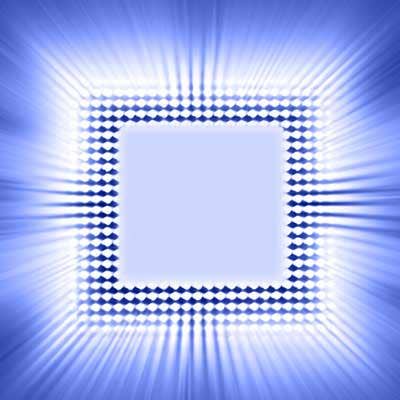
LG Electronics H13 Processor
Just like fellow Korean tech giant Samsung, LG is getting into the ARM processor business. According to The Korean Times, LG will introduce its first chip, dubbed the LG H13, in Las Vegas. The 28-nm chip will reportedly be used for the company's Smart TVs. The chips, based on ARM's Cortex A15 architecture, will be designed by LG but manufactured by TSMC.
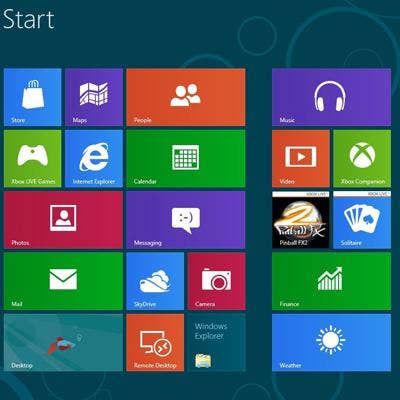
Nokia Windows 8 tablet
Nokia has been teasing a Windows 8 tablet for some time, but the big question now is whether or not the Swedish phone maker will actually give CES attendees a peak at the device. After rumors emerged that it had cancelled its CES appearance, Nokia confirmed to CRN that it has scaled back its plans for the show this year. We're hoping Nokia's plans include offering a glimpse of the new 10-inch tablet.
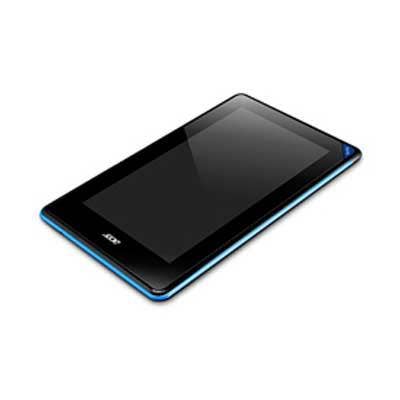
Acer $99 Tablet
As tablets get smaller and more price competitive, vendors are readying more affordable devices in the under-$200 range. Case in point: a 7-inch Acer tablet aggressively priced at $99, according to The Wall Street Journal. The Android tablet will run a 1.2GHz dual-core processor and support a 1,024-x-600 display resolution. The new Acer tablet looks to compete with other low-priced tablets like Amazon's Kindle Fire and Barnes & Noble's Nook.
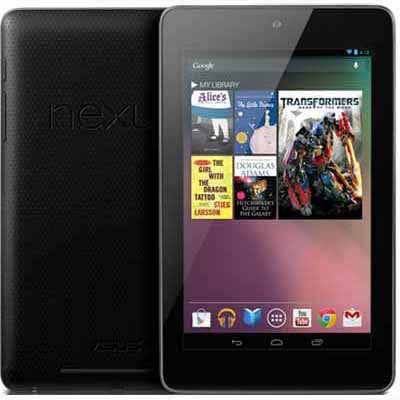
Asus $99 Tablet
Speaking of affordable tablets, Asus is rumored to have a $99 tablet up its sleeve, too. But, there's some debate over what the device actually is. According to some reports, the new $99 Asus tablet will be a Nexus 7 model (with Asus and Google releasing a $199 Nexus 7 version, too). Other reports say the $99 tablet will be an Asus-only product, with the product name ME172V. Whatever the case, the $99 Android tablet market could be heating up soon.

Polaroid Mirrorless Android Camera
Polaroid has attempted to remake itself in recent years after its once-popular instant film camera became a thing of the past. This year, the company will introduce a new digital camera running on Android and featuring a mirrorless build, which supports interchangeable lenses. Mirrorless cameras essentially combine a traditional DSLR camera and a compact digital camera. And with an Android OS, Polaroid's new camera will be able to download and run apps from Android app markets like Google Play.

Google X Phone
Google and its Motorola subsidiary are reportedly preparing a new smartphone, which The Wall Street Journal says will be a marquee device designed to better compete against Apple's iPhone. The new handset is known inside Google as the "X phone." Rumors have emerged that Google will also bring an "X tablet" to market as well, and that both devices will make an appearance in Las Vegas.
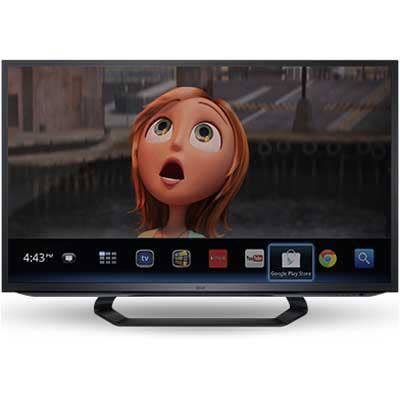
LG Google TV
While Google TV hasn't exactly made the kind of splash the search giant would have liked, the company's TV partners are taking another stab at it this year. And, LG is upping the ante with several new display models built on the revamped Google TV service, including a premium model with LG's Cinema 3-D display. The new Google TV software was redesigned to better integrate YouTube videos and make it easier for Android developers to build apps for the platform.
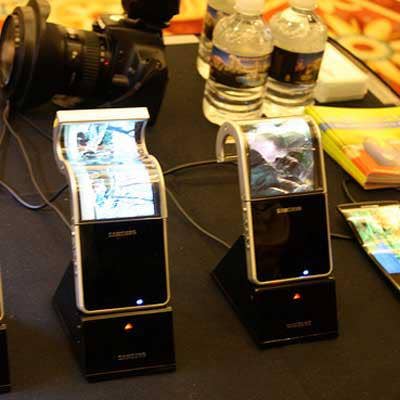
Samsung Flexible Display
One of the coolest technologies being teased ahead of CES this year is Samsung's flexible display. According to CNet, Samsung's big plans for this year's show include the introduction of bendable screens -- a 5.5-inch HD model for smartphones and an enormous 55-inch model for HDTVs. While the new flexible display technology will bend and curve, it's not so flexible that it can be rolled. Samsung has showed off this kind of technology before, but none were as big nor had the HD resolutions.
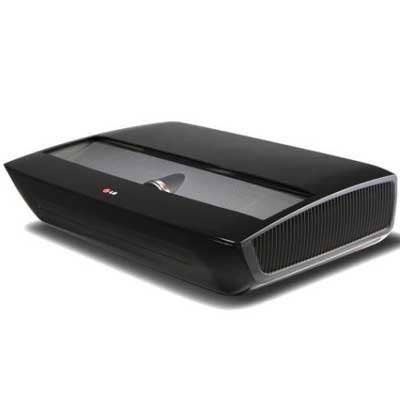
LG Hecto Laser TV Projector
LG has another display product slated for CES, and it's a doozy: the Hecto Laser TV. It's actually a digital projector that can create a 100-inch image that looks like a digital TV screen. Just set up the Hecto 22 inches away from a wall, and you have a portable home theater. The Hecto also comes with digital tuner and built-in 10W speakers, plus three HDMI ports. We're hoping to see this product in action Monday night for the BCS Championship game.
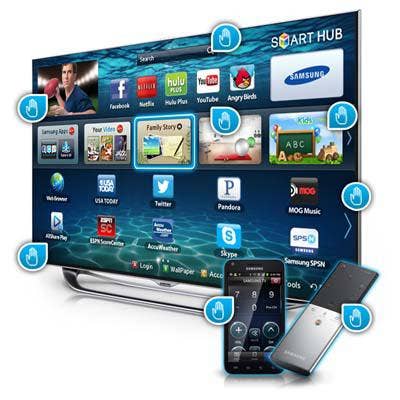
Samsung Smart Hub
Yet another Samsung product in the Korean tech giant's CES blitz, the new Smart Hub is another smart TV platform designed to integrate your PC with your TV. Much like Google TV and Apple TV, the Samsung Smart Hub will bring live TV, streaming video, music, social media and various applications together in one interface. Can Samsung's Smart Hub compete with other competing TV platforms?
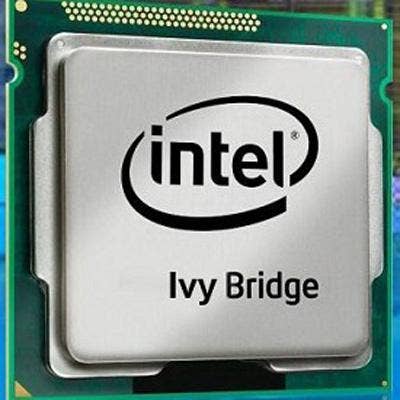
Intel Low-Power Processors
Intel is sure to have a number of new chip announcements lined up for Las Vegas, but the biggest news for the chip maker might be its low-power push. Intel will reportedly show off a limited run of Ivy Bridge-based Core chips with enhanced power efficiency, which are designed specifically for notebooks and tablets. Intel will also introduce its forthcoming Haswell processor architecture, which is the successor to Ivy Bridge. Both sets of chips will have a TDP of fewer than 10 watts, which will likely extend battery life for the high-performance Core chips and help Intel better compete against ARM chips.